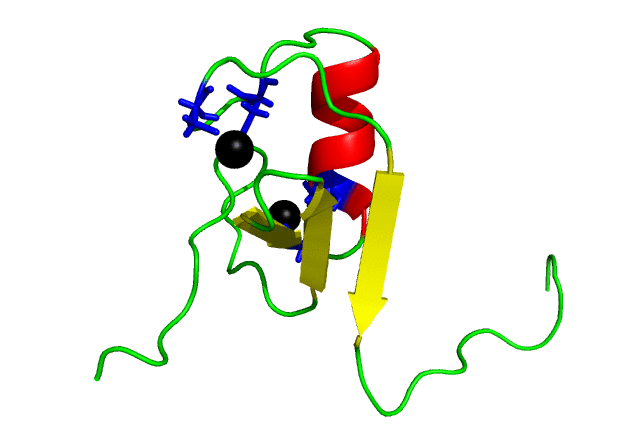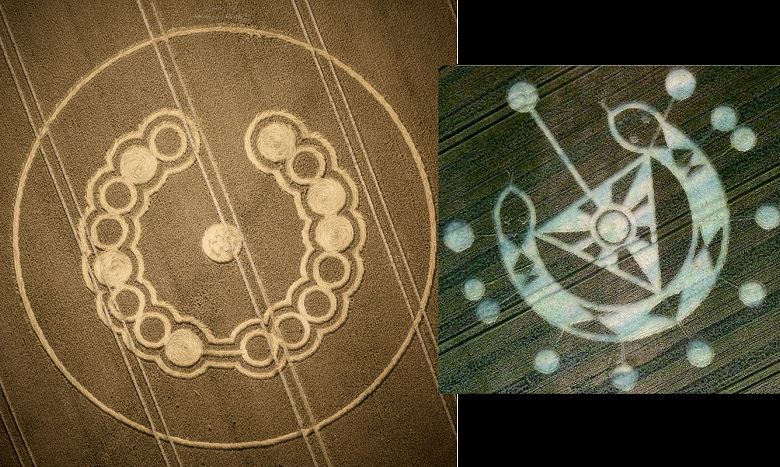I think you may well be right. Indeed, it is my theory that Pharaoh Akhenaten's daughter,
Meritaten, who I think was the Biblical '
Hagar the Egyptian' and '
Kore' (the last surviving member of the Perseid family) who the C's spoke of (see more below on this), may have been an operator of the Holy Grail during the Exodus from Egypt, due no doubt to her innate, enhanced psychic abilities stemming from her hybrid nature and larger brain.
I would venture that in the persona of
Helle - who according to legend, fell off the
Golden Ram (in reality the
Holy Grail) whilst escaping with her twin brother
Phrixus from their evil stepmother
Ino - Meritaten/Kore may have brought the Grail to Western Europe, where it may have ended up in the British Isles, even perhaps triggering the famous Siege of Troy (located in modern day Cambridge). Note the elongated head depicted in her bust (held by the Berlin Museum), a feature which she seemed to share with her hybrid mother, Nefertiti/Sarah. Like her mother, no royal tomb has ever been found for her in Egypt. She just seems to have disappeared from the record without trace.
Meritaten may have been memorialised in Ireland, Scotland, the Isle of Man and Northern Britain as the goddess Brigid, Brig, Brigantia, Brigit or Bride meaning "high one" or "the exalted one". Brigid is linked in Irish mythology with the
Tuatha de Danaan as the daughter of the Dagda (
Akhenaten?) and is often taken to be part of a triple deity like Hera and Diana (other examples. according to the poet and writer
Robert Graves. include
Kore (or Cora),
Persephone and
Hecate with
Demeter as the general name of the goddess).
Both Brigid as the goddess and Brigid as the later Christian saint of the same name are associated with holy wells, at Kildare and many other sites in Celtic lands. Moreover, as Laura pointed out in the
session dated 26 July 1997, Hagar is also connected to a well, i.e., the
Well of Hagar, which is
Beer-lahai-roi or the
Well of the Living Mirror - which to me may suggest a kind of
psychomanteum, i.e., a small, enclosed area set up with a comfortable chair, dim lighting, and a mirror angled so as not to reflect anything but darkness. Could there be a connection here perhaps to the Biblical
Tabernacle meaning "place of meeting" or "tent of meeting," also called the tent of witness? The Tabernacle of Moses was an inner sanctuary, the Holy of Holies, created by a veil suspended by four pillars. This sanctuary supposedly contained the Ark of the Covenant, with its cherubim-covered Mercy Seat. The Holy Grail was probably housed in the Ark ("arc" being a chest or coffer in English from which we derive the word "arcane" meaning mysterious and secret). In Celtic mythology, the Ark/Arc may have become a cauldron, like the cauldron of
Cerridwen (herself an aspect of the Triple Goddess like Brigid) or
Bran. Cerridwen's name is derived from the Celtic word "
cerru," meaning cauldron. Like the Goddess herself, the cauldron symbolises the transformative power of magic, wisdom, rebirth and creative inspiration. Some scholars believe that Cerridwen's cauldron is in fact the Holy Grail for which King Arthur spent his life searching. Her magical cauldron held a potion that granted knowledge and inspiration. Hence, Cerridwen can I think be linked with the goddess Brigid of the Tuatha de Danaan.
It is also curious that under Levitical law, individuals with the
Tzaraat skin affliction (which is linked with leprosy) were not permitted entry to the Tabernacle. Note that at least three of Meritaten's five sisters died from leprosy. Could she have had the condition herself since the Norse figure of Hel, who is said to preside over an underworld realm of the same name, may be derived from the Greek mythical figure of Helle (think of the Hellespont). Hel is usually depicted as half dead and half alive due to complications of her father and her mother. Half of her face is beautiful, like that of her father, while the other half is ugly and difficult to look at like her mother. From the waist up the skin is pink, alive and healthy. Below the waist is dead and rotting. Another account describes the left side of her body and face as "heart-achingly" beautiful. She has long dark hair and pale elven skin. The right side, however, is terrifying - withered skin, a skeletal hand, and leg, patches of blue ice covering decayed flesh, membrane-thin lips over rotten teeth, a milky-white eye and tufts of desiccated hair like black spider webs. She has a milky zombie look. Does these accounts therefore suggest a connection to a person who had leprosy?
According to some scholars, the name of the Western Scottish Islands the ‘
Hebrides’ (
the garden of the Hesperides perhaps?) originates from the name ‘
Hebrew’, which they claim to be another ‘
Hebrew-land’. Apparently, an early Hebrew inscription has been discovered on one of the Hebrides islands but I could no further details on this discovery other than a reference to
Menasseh ben Israel who had spoken of an early Hebrew inscription having been discovered on the Hebrides.
Menasseh ben Israel (1604 – 1657) was a Portuguese rabbi, Kabballist, writer, diplomat, printer, publisher, and founder of the first Hebrew printing press (named
Emeth Meerets Titsma`h) in Amsterdam in 1626. See:
Menasseh Ben Israel - Wikipedia. He may be viewed, therefore, as an early precursor of the British Israelites' claims concerning Britain and the Lost Tribes of Israel.
However, I think it is more probable that the name may instead derive from "Bride" (Brigid), as in the 'islands of Bride'. A similar link may also be found on the Isle of Man where
Bride (
Manx:
Breeshey) is one of the seventeen parishes of the Isle of Man. The parish, named after St
Brigid, lies to the east of
Andreas and to the north of
Lezayre, bordering the sea to the north and east. It covers an area of about 9 square miles and contains the village of Bride or Kirk Bride. This point makes me think of a statement that the C's made in that same
session dated 26 July 1997:
].
Unfortunately, in so as far as I am aware, the C's never returned to the subject, which is a pity as I think Laura was really on to something here. Finally, in a clue that may relate to the time we are about to experience, the Isle of Man was mentioned again in the session dated 2 January 1999:
I would end by noting that the goddess Brigid is associated with: wisdom, poetry, healing, blacksmithing and domesticated animals and is also famous for her protecting care, which, if she is based on the historic character of Meritaten, would suggest the Egyptian princess may have had an STO orientated personality like her father.








